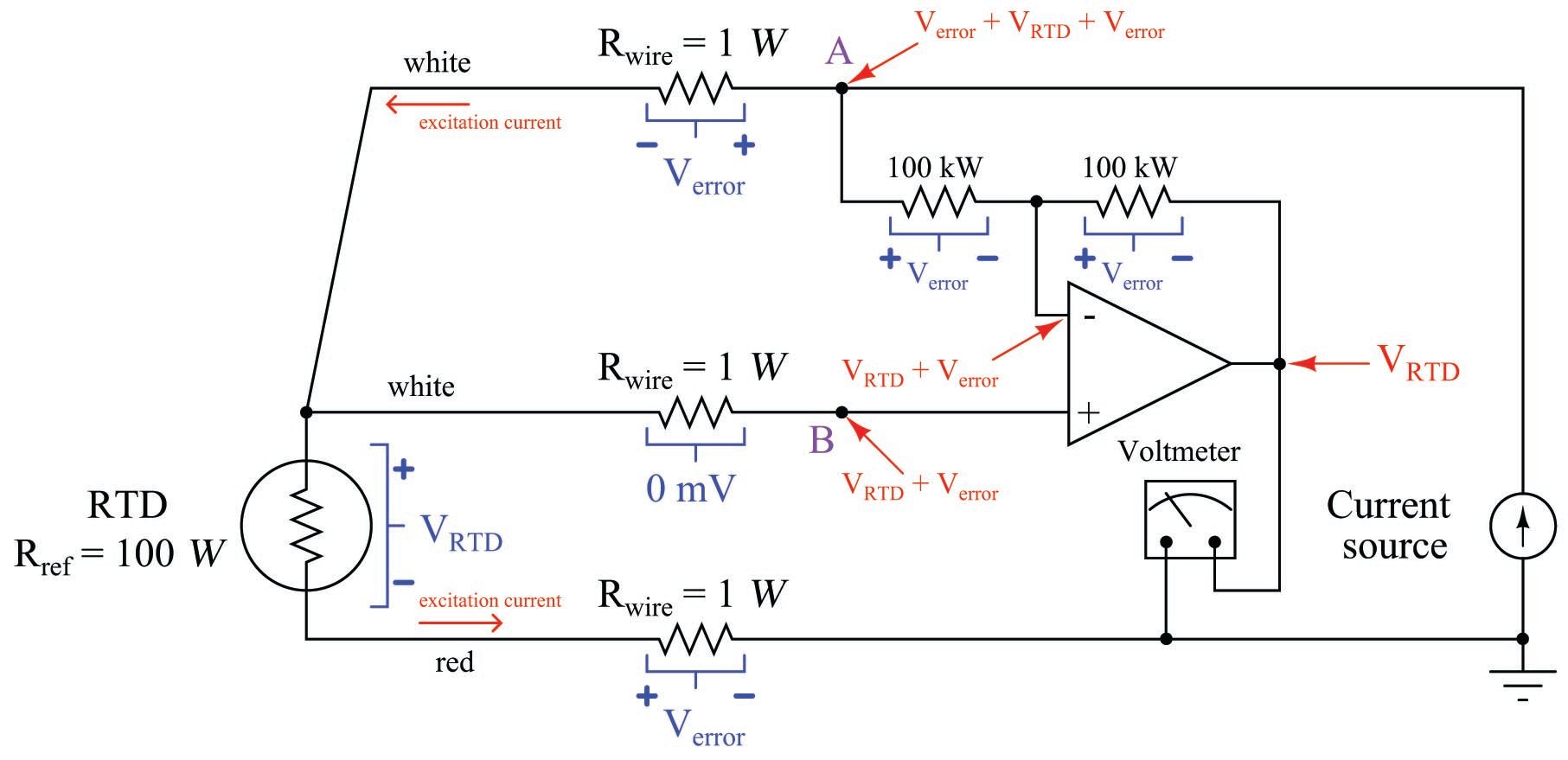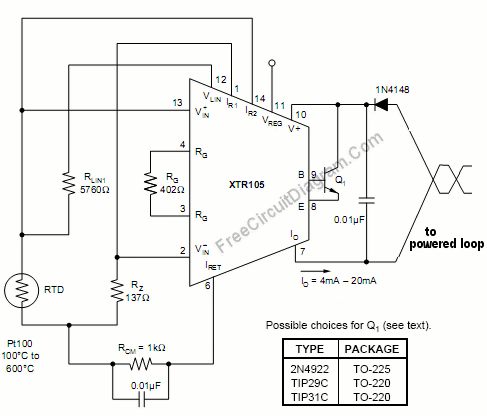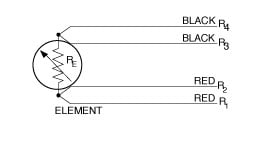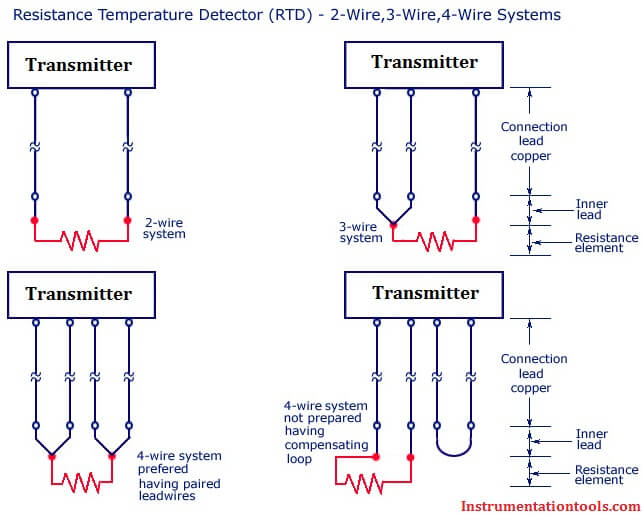A resistance temperature detector rtd is a temperature measurement device that accurately uses resistance to measure temperature. There are 2 wiring methods for the rtd module and pt100 temperature sensors two wire and three wire connections.
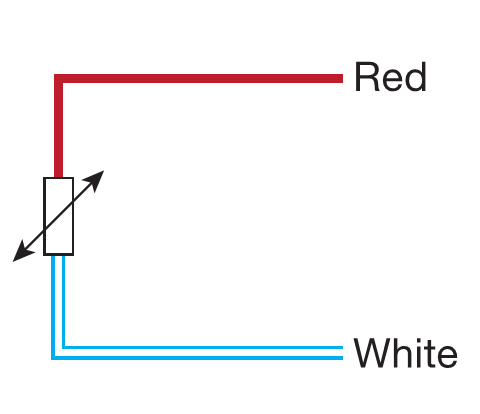
2 Wire Rtd Wiring A 2 Wire Rtd
Rtd transmitter wiring diagram. Rtd lead wire configuration per iec 60751. 4 wire circuits may be usable over a longer distance than 3 wire but you should consider using a transmitter in electrically noisy environments. Learn the differences between 2 wire 3 wire and 4 wire rtds. A 2 wire rtd configuration is the most useful with high resistance sensors or in applications where a great deal of accuracy is not required. Is drives a precise measuring current through l1 and l4. A1b1 a2b2 and c1c2.
4 wire rtd signal connection connect each of the red leads on the positive side of the resistive element to the excitation positive and channel positive on the daq device. L2 and l3 measure the voltage drop across the rtd element. Connect the black or white lead on the negative side for the resistive. Red red white white red red white red red white black black yellow. 2 wiring diagram for rtds. Note to configure a single element 4 wire rtd as a 3 wire system connect only one white lead.
The following connection diagrams illustrate how to connect various rtd types to your daq device. Eo must have high impedance to prevent current flow in the potential leads. When wiring with two wires first jumper across a1 and b1and a2 and b2 respectively then connect pt100 sensors and to the rtd module according to the following diagram on the left. 3 wire rtd connections the 3 wire rtd configuration is the most commonly used rtd circuit design and can be seen in industrial process and monitoring applications. Single element 3 wire single element 4 wire dual element 3 wire.
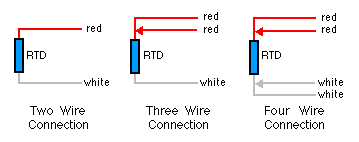
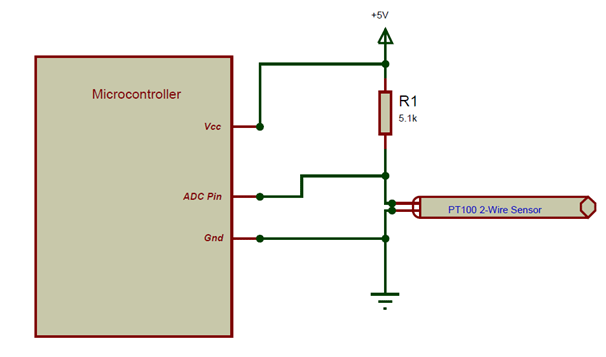
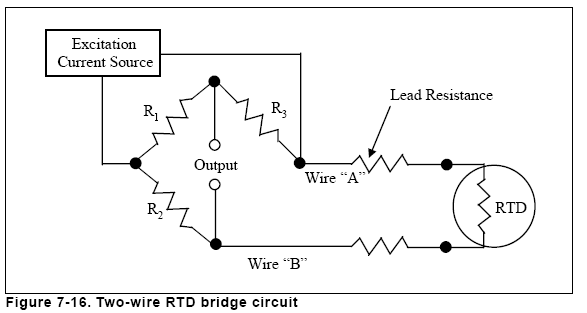
.jpg)



.jpg)
